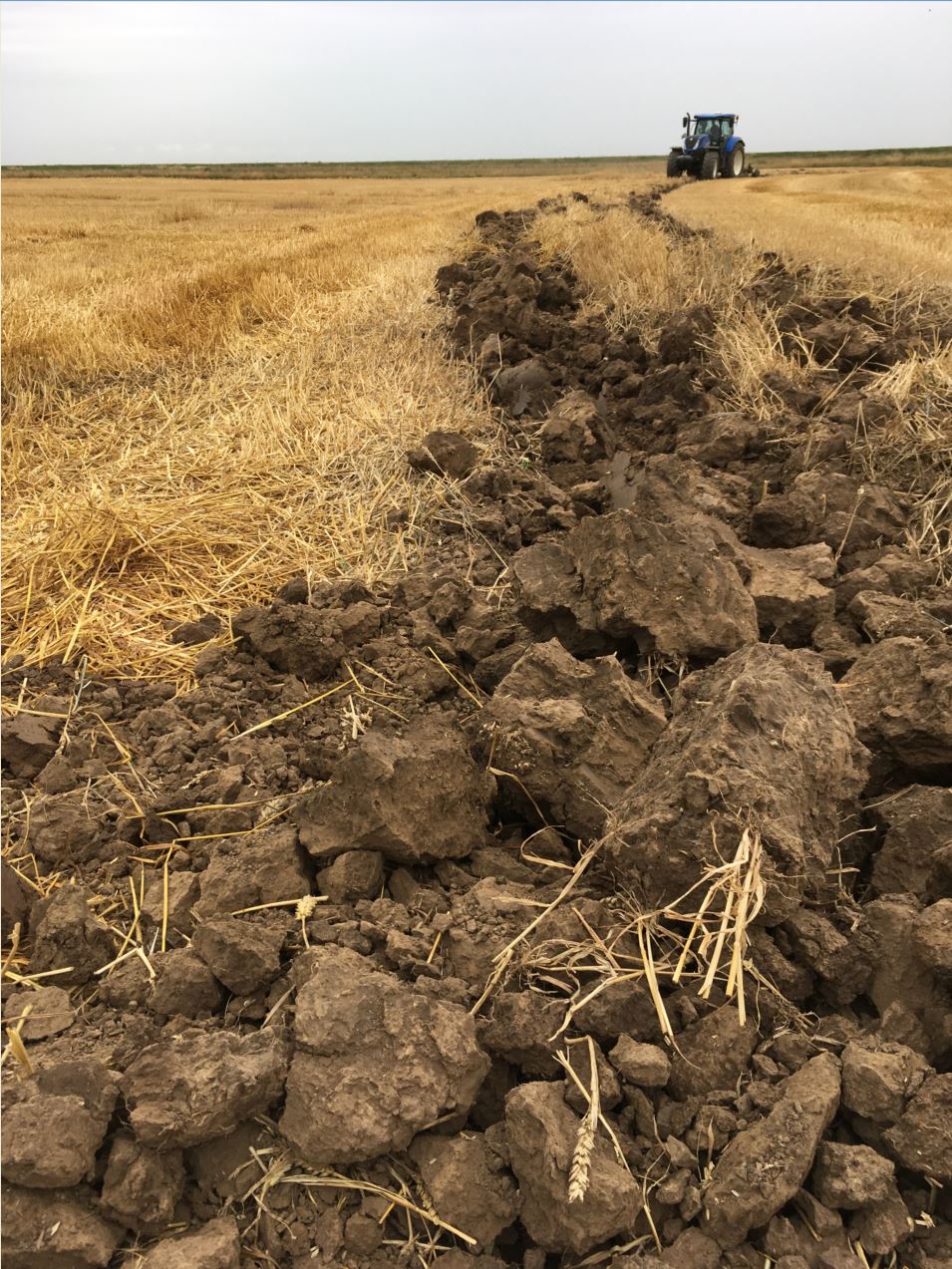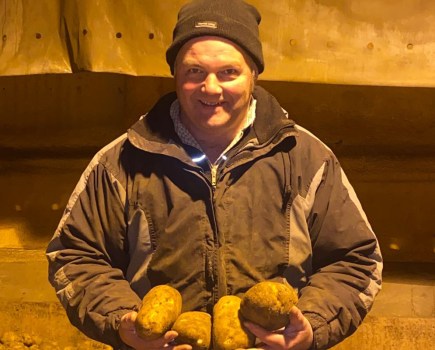
It’s been one of those harvests I call a ‘Hindsight harvest’ – that being one where normal laws of what can reasonably be anticipated in a farming year didn’t apply.
Given that no one last spring thought a one-hundred-year drought was on its way or that markets would strengthen by more than 50%, 2018 will go down as one of those years when a good crystal ball would have been by far the most useful bit of kit in the farmyard.
For starters on this farm, spring drilling should have been abandoned well before the sound of the first cuckoo. I hear that for some, spring barley did surprisingly well. But for us, our late April-drilled spring wheat failed to even live up to our low expectations with the combine yield meter never exceeding 3t/ha. That’s not surprising considering the few wheat seeds that bothered to chit having sat in cold mud eventually emerged into sunlight in mid May never to experience rainfall until it was time to harvest it.
In the thinnest part of the crop, where in April ironically we drilled through clay so wet it wouldn’t have looked out of place on a potters wheel, I doubted I was getting an equivalent of the seed rate back as crop. Combining the crop didn’t feel like harvesting but more an exercise in quickly getting rid of the evidence of an embarrassment before anyone else saw it.
The peas were not much better. I’ve heard peas described as a ‘sorry’ crop in that in the high yield seasons you are either sorry you didn’t grow more and in bad seasons you are sorry you grew them at all. 2018 was emphatically in the latter camp.
Mercifully only 20% of the farm was down to spring cropping and mercifully most the yields of the autumn sown crops exceeded our drought-riven low expectations. But even here the hindsight devil sat on my shoulder. The yield meter defied my crop management by showing that in the small overlaps of fertiliser or fungicide, the yield was appreciably better. Given where prices are now, rather than taking my foot off the yield throttle when it came to crop inputs, in hindsight I should have put my foot to the floor.
And then there’s the marketing of the crop. In late July I kidded myself I was the master of the markets in that I hadn’t sold a grain. By mid-august I was feeling less full of myself as I had sold half the harvest just as it put on another tenner.
It’s at such times I remind myself of the sanguine wisdom which goes along the lines of: if I felt it was a good price when I sold then the fact it climbed another tenner doesn’t detract from the fact it was still a good price on the day. But in my darker moments I feel such wisdom is akin to two Titanic survivors sitting on a bit of drift wood watching the liner sink beneath the waves and for one survivor to turn to the other and say ‘cheer up mate, if it was a good idea to buy a ticket of passage when you boarded at Southampton then it’s still a good idea now.’
None the less, with the 2018 harvest completed another one beckons for 2019. This growing year can’t be as contradictory as the last can it?
Clod busting
 I realise in the times where zero-till and controlled traffic are the watch-words of the progressive farmer, I felt very old school when faced with the task of undoing the compaction on our headland tramlines. 2018 has become one of those years where wheelings of the wet spring sank feet deep into the ground only to be baked into rock by subsequent drought. The footballs that then emerged out of the ground behind the sub-soiler reminded me of the old joke:
I realise in the times where zero-till and controlled traffic are the watch-words of the progressive farmer, I felt very old school when faced with the task of undoing the compaction on our headland tramlines. 2018 has become one of those years where wheelings of the wet spring sank feet deep into the ground only to be baked into rock by subsequent drought. The footballs that then emerged out of the ground behind the sub-soiler reminded me of the old joke:
- Do you farm heavy land?
- Not sure – it depends on how much I pick up.
Guy Smith grows 500ha of combinable crops on the north east Essex coast. @EssexPeasant




